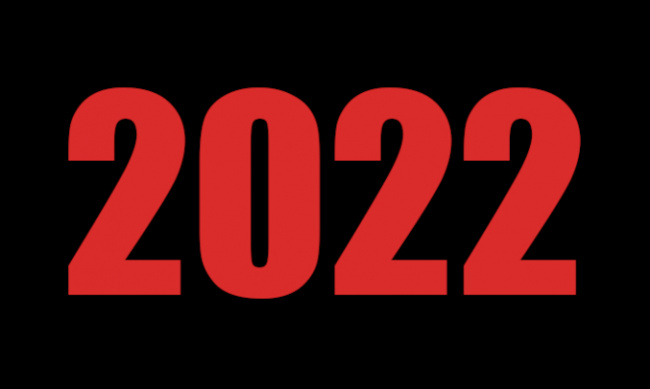Reflecting upon my predictions from January 2022 (see "Change Has Come and Will Keep Coming"), I was one for two:
Prediction #1: Nearshoring to Mexico. This did not happen, although I still think it will within the next one to five years for a couple of reasons. First of all, publishers are going to want to avoid a repeat of the supply chain debacle of 2021. Although the price of shipping via container ship has dropped dramatically since 2020/2021 (down as much as 90% from the peak), companies should still remember having to pay those astronomical freight charges and should want to avoid a possible replay, which moving operations to Mexico would avoid.
Secondly, shorter supply chain means faster turnaround times: with Mexico as production point, products could be published or restocked within a few weeks rather than a few months. The problem currently is that China, for all its problems, has worked hard to set itself up as a production powerhouse. Each stage in the production process moves the products closer to the docks, rather than the hodgepodge of facilities that have grown up in the U.S. I recently read that Apple is looking to move up to 40% of its production out of China to Vietnam and India, but that will take years because neither country has the production capacity that China does. Mexico has the potential to grow and has the advantage of being part of the United States-Mexico-Canada Trade Agreement (USMCA) which makes shipping product across the border far easier than from China but the infrastructure is not there yet.
Prediction #2: More Kickstarted TCGs. Yep. There are a lot of TCGs that either launched or prepared to launch last year on Kickstarter, at least 200 by my count. Some of them will fund, most will not. One thing I'm noticing is several of them following the path of Hearthstone and Magic: The Gathering: Arena and going the digital route, which means much higher costs for technology but much lower finished goods costs. I expect 80% of those that fund to release the one set and maybe 1 to 3 follow up sets and then vanish, rather like the Wyvern and 007 TCG constructed decks we dug out of the back room over the Christmas holidays. No one has asked for those in years. Now, Bandai is an interesting case (see "Bandai Reveals New Booster Set for One Piece TCG").
Although not Kickstarted, Bandai has a track record of releasing TCGs that attract a lot of attention upon release, generating comparatively huge sales for the initial edition and then gradually waning by the third or fourth booster release. With three, by my count, TCGs currently in the market (Digimon, One Piece, and Dragon Ball Super CG) and all doing fairly well, I wonder how long the company can successfully keep it up, as most game companies have trouble successfully supporting one TCG line. (Anyone remember the C-23-Hercules-Xena TCG from Wizards of the Coast?)
Oh, by the way, the as for the three things I wished publishers would start doing in 2022 (see "Three Practices Publishers Should Adopt in 2022"), I'm still waiting on them. Those that should provide invoices still don’t, and we still seldom get info included with promotional kits. We have seen a very few catalog titles resurface, such as HeroQuest and hopefully the return of HeroScape, but that is a lonely few (see "Avalon Hill Teases Upcoming HeroQuest Products at GenCon 2022").
Next week: Predictions for 2023. Comments? Send them to castleperilousgames@gmail.com.
The opinions expressed in this column are solely those of the writer, and do not necessarily reflect the views of the editorial staff of ICv2.com.




